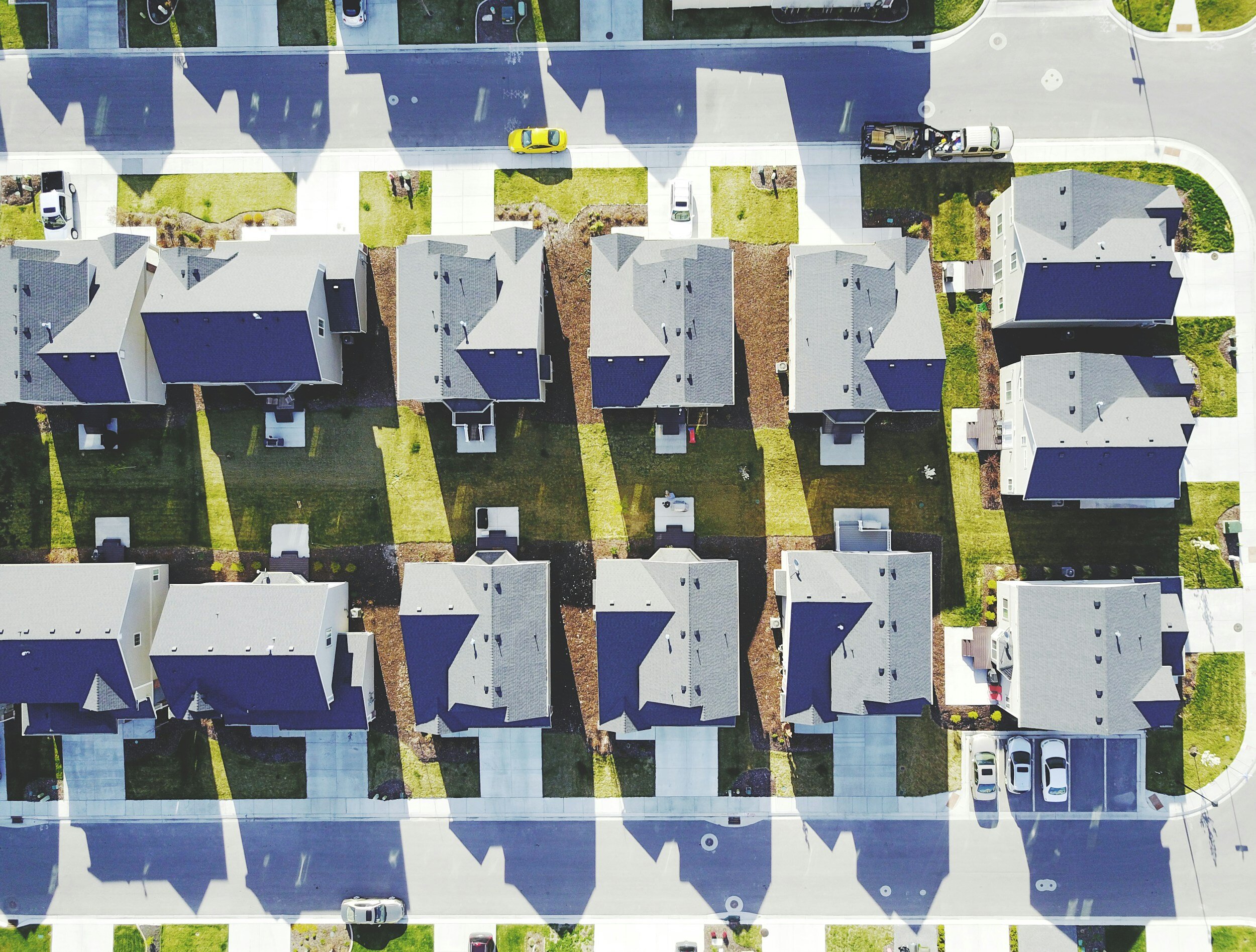The question on all buyers minds is: Why is there so little inventory this year in housing? It boils down to many factors which impact the inventory of the housing market, not simply interest rates.
As a seasoned realtor immersed day to day in the activity of buying and selling, I’ve witnessed firsthand the challenges and complexities underlying this shortage.

The past year or so, Chicago suburban housing market has been experiencing a peculiar phenomenon:
A noticeable scarcity of available houses for sale.
- Supply and Demand Dynamics: The fundamental principle of supply and demand plays a pivotal role in shaping Illinois’ housing market. Demand for housing remains robust, due to favorable economic conditions and demographic shifts. However, the supply side of the equation has struggled to keep pace.
- Decline in New Construction over time: Years ago, Illinois saw a big gap of declined building of new construction for an extended period of time, which has added to the current lower supply. This has been caused by regulatory hurdles, labor shortages, escalating material costs, and zoning restrictions have impeded developers’ ability to bring new housing units to market swiftly. As a result, the supply pipeline has been choked, exacerbating the scarcity of available homes.
- Seller Reluctance & Affordability: In certain cases, prospective sellers may be hesitant to list their properties amidst uncertain market conditions. Every seller needs to have a home to move into, which is not easy to find with the lack in inventory. More importantly, the economics for those sellers may not work for them. For example: many sellers have a mortgage rate at 2.5% – 3% for their current home they are living in, and are not willing or able to afford a new mortgage between 6.5-8% making a similar payment double in price. This trepidation further constricts housing inventory, perpetuating the cycle of scarcity.

- Market Speculation and Investment: Investors, drawn by the prospect of lucrative returns, often purchase properties for rental or speculative purposes, thereby reducing the pool of homes available for owner-occupancy. This trend further intensifies competition among prospective homebuyers and constrains housing supply.
It is unclear whether or not the rates will drop in 2024. Until that time, the scarcity of housing inventory in Illinois is a multifaceted issue driven by a confluence of factors ranging from supply-side constraints and affordability challenges to market dynamics and pandemic-induced disruptions. As a realtor navigating this complex landscape, and addressing the root causes of inventory shortages, I can better help buyers navigate this confusing market and sellers maximize their return on investment when selling a property.



